
Review of the best winter-hardy varieties of cherries and criteria for their selection
Growing cherries and achieving a bountiful harvest in Northern Europe, Scandinavia, or the Alpine region is entirely possible. By selecting the right variety and considering flowering times, the tree can withstand harsh winters and remain productive. Let’s explore the best cold-hardy cherry varieties and their cultivation techniques.

The best ways to store lemons at home
Lemons are celebrated for their medicinal properties. A cup of tea with lemon invigorates, compensates for vitamin deficiencies in winter, and boosts the body's resistance to infections. This citrus fruit is available in stores year-round, but when buying in bulk, the question arises about storage methods. In unfavorable conditions, lemons lose moisture, dry out, or grow mold. Here’s a detailed guide on how to store lemons at home.
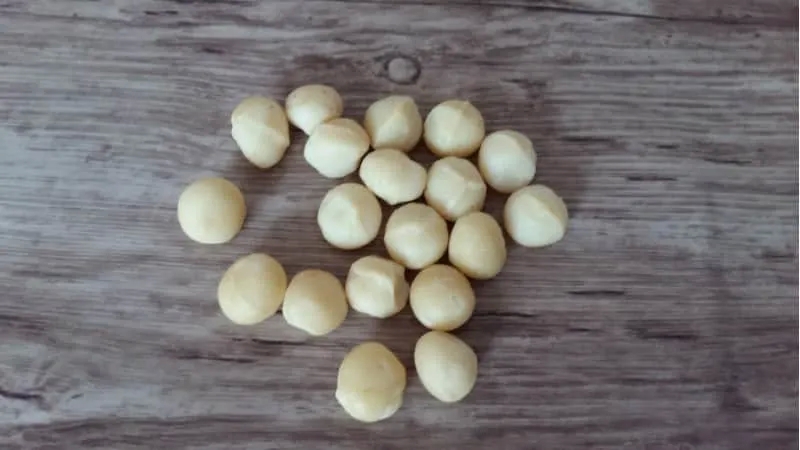
How and in what quantities to consume macadamia nuts
The macadamia nut is renowned for its exceptional taste, nutritional value, and health benefits. Among all nuts, it boasts the most diverse vitamin and mineral complex, making it ideal for treating and preventing a wide range of ailments.
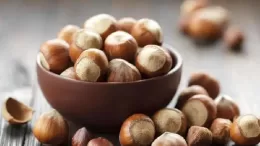
Hazelnuts - benefits and harms for women
Hazelnuts are among the most popular and nutritious nuts. Loved by both children and adults, these nuts are often added to chocolates and confectionery. In terms of nutrient content, hazelnuts rank second only to walnuts and are far healthier than other nuts like peanuts, Brazil nuts, cashews, and even pine nuts.
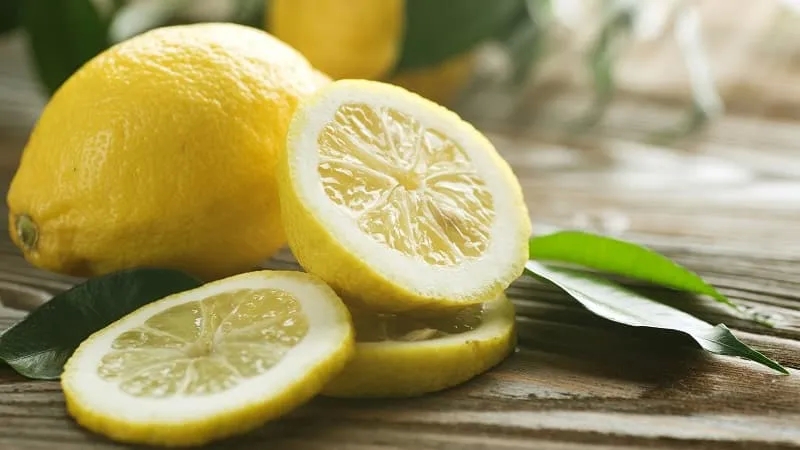
Who is lemon indicated for and how is it beneficial for a woman's body?
The lemon is perhaps the most popular citrus fruit, despite its sour taste. Its aroma pleasantly complements tea and coffee, while the pulp, juice, and zest are widely used in cooking. Traditional medicine considers this citrus the best natural antiseptic. In cosmetics, its ability to lighten pigmentation and freckles is highly valued. For women's health, the benefits of this fruit lie in its rich vitamin and mineral composition.
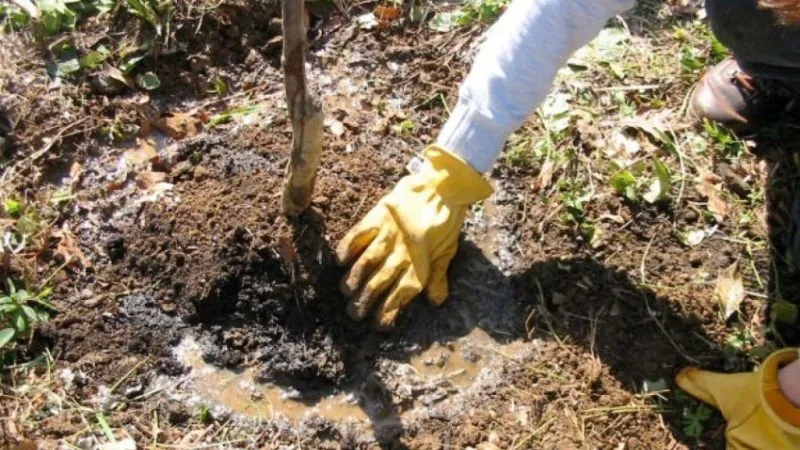
Is it possible to plant cherries in July and how to do it correctly: instructions and advice from experienced gardeners
The ideal time to plant garden crops is early spring or mid-autumn. However, some gardeners choose the height of summer — July — for this task. The warm weather attracts them, as the risk of seedlings freezing is close to zero. Cherries are particularly popular for July planting: this juicy and sweet berry is a favourite of many. Let’s explore how to plant cherry seedlings in July and what recommendations to follow.
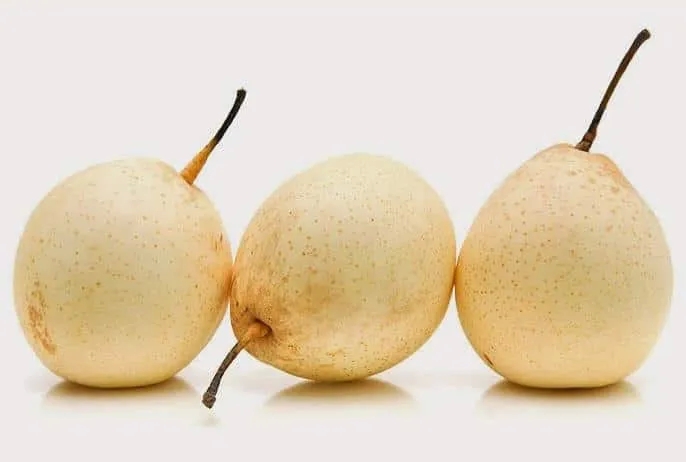
Composition and caloric content of Chinese pears depending on the variety, what are their benefits
The ancestors of the Asian pear (Taiwanese, Japanese, sand pear) are the yamanashi trees. Once, Chinese agronomists crossed a pear and an apple to create a juicy, not sour, and not overly sweet fruit. From this article, you will learn about the characteristics of the fruit, its benefits and drawbacks, how many calories it contains, and how to store it properly.